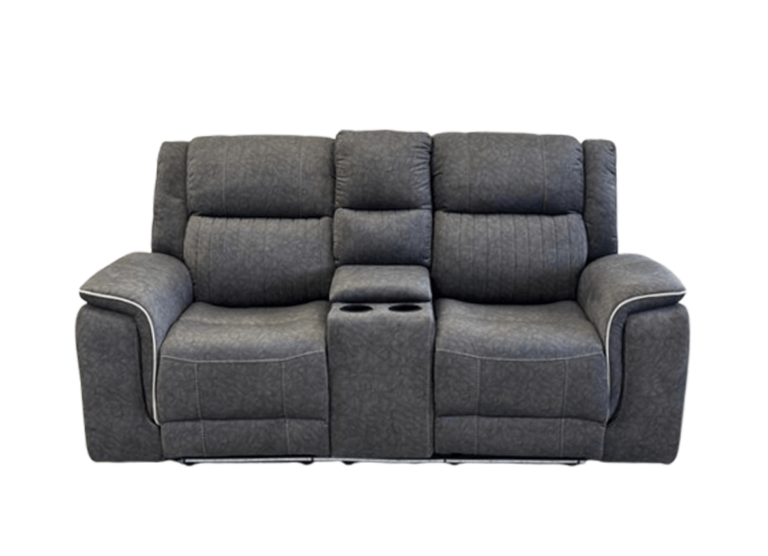Preparing for Industrial Machinery Installation
Preparation is the foundation of a successful industrial machinery installation. Without adequate planning, the process can encounter significant delays or complications.
- Do Conduct a Site Survey
Assess the installation site to ensure it meets all requirements for the machinery. Evaluate factors like space, structural support, accessibility, and environmental conditions. - Don’t Overlook Permits and Regulations
Ensure you secure necessary permits and adhere to local regulations. Non-compliance can lead to fines or project delays. - Do Verify Equipment Specifications
Match the machinery’s specifications to the operational needs and the site’s capabilities, including electrical, plumbing, and ventilation requirements. - Don’t Ignore Manufacturer Guidelines
Always consult the manufacturer’s manual. Following these instructions ensures proper installation and helps maintain warranty validity.
Selecting the Right Team for the Installation
The installation process requires skilled personnel to ensure safety and precision.
- Do Hire Qualified Professionals
Use experienced technicians and engineers who specialize in industrial machinery installation. Their expertise reduces the risk of errors. - Don’t Rely Solely on In-House Staff
Unless your team has specific training, avoid assigning installation tasks to unqualified personnel. This can lead to costly mistakes. - Do Conduct Safety Training
Provide comprehensive safety training to everyone involved. Understanding the risks ensures a safer installation process. - Don’t Neglect Collaboration
Encourage open communication between the installation team, site managers, and equipment suppliers for smooth operations.
Preparing the Machinery for Installation
Proper handling and preparation of machinery are essential to avoid damage and ensure optimal performance.
- Do Inspect Equipment Before Installation
Check the machinery for defects, missing components, or shipping damage. Address issues promptly to avoid installation setbacks. - Don’t Skip Pre-Installation Testing
Perform pre-installation tests to confirm the machinery’s functionality. Identify and resolve potential problems before setup. - Do Secure Proper Tools and Equipment
Use the right tools and lifting equipment to handle the machinery safely and efficiently. - Don’t Use Improper Lifting Techniques
Incorrect lifting methods can damage the machinery and pose safety risks. Always follow manufacturer recommendations.
Installation Process Guidelines
The installation phase requires meticulous execution to ensure machinery operates as intended.
- Do Follow a Detailed Installation Plan
Use a step-by-step plan that outlines each phase of the process. Clear guidelines ensure everyone understands their responsibilities. - Don’t Deviate from the Plan
Avoid improvising during installation. Unplanned changes can cause errors or delays. - Do Secure the Machinery Properly
Anchor the machinery as instructed to ensure stability and prevent vibrations during operation. - Don’t Rush the Process
Industrial machinery installation requires time and precision. Rushing can compromise safety and functionality.
Testing and Calibration
After installation, testing and calibration confirm that the machinery performs as expected.
- Do Conduct Thorough Testing
Run the machinery through various scenarios to confirm its functionality. Ensure all components work correctly and efficiently. - Don’t Ignore Warning Signs
Address unusual sounds, vibrations, or performance issues immediately. Ignoring them can lead to more significant problems later. - Do Calibrate for Optimal Performance
Adjust the machinery to match operational requirements. Calibration enhances efficiency and minimizes wear and tear. - Don’t Overlook Documentation
Record test results and calibration settings. These records are valuable for future maintenance and troubleshooting.
Post-Installation Practices
Proper post-installation practices ensure long-term success and minimal downtime.
- Do Provide Training for Operators
Train your team on how to operate the machinery safely and effectively. Knowledgeable operators reduce the risk of accidents. - Don’t Neglect Maintenance Schedules
Establish and adhere to a maintenance schedule. Regular servicing prevents unexpected breakdowns and extends machinery lifespan. - Do Implement a Monitoring System
Use sensors or software to monitor the machinery’s performance in real time. Early detection of issues prevents costly repairs. - Don’t Ignore Feedback from Operators
Operators often identify performance irregularities first. Take their feedback seriously and act promptly.
Common Challenges and Solutions
Addressing common challenges can streamline the industrial machinery installation process.
- Do Plan for Delays
Account for potential delays in your timeline. This ensures the project remains on track even if unexpected issues arise. - Don’t Underestimate Costs
Budget for additional expenses, such as unforeseen repairs or supplementary equipment. - Do Collaborate with Suppliers
Maintain open communication with suppliers to resolve issues like missing parts or technical queries quickly. - Don’t Ignore Workplace Safety Standards
Follow all safety protocols to prevent accidents and injuries during installation.
Benefits of Following Best Practices
Adhering to the do’s and don’ts of industrial machinery installation offers several advantages:
- Enhanced Safety
Proper practices reduce the risk of accidents and protect workers. - Improved Efficiency
Correct installation ensures machinery operates at peak performance. - Reduced Costs
Avoiding errors minimizes repair expenses and downtime. - Longer Equipment Lifespan
Following manufacturer guidelines and maintenance schedules extends the machinery’s usability. - Regulatory Compliance
Adhering to regulations avoids legal issues and potential fines.
Conclusion
Industrial machinery installation is a complex process requiring careful planning, skilled personnel, and strict adherence to safety protocols. By following the do’s and avoiding the don’ts outlined above, businesses can ensure a successful and efficient installation that promotes long-term productivity and safety.
Here, you can read more Articles























